Piwowarnicy, obchodząc kotły w ciemnych piwnicach, niejednokrotnie wpadali na siebie, co często kończyło się przykrą kąpielą. Pieśni pozwalały zachować im bezpieczny dystans.
W piwnicach browaru umieszczano kadzie fermentacyjne i beczki, w których leżakował trunek. W górnej kondygnacji znajdowały się natomiast kadzie zacierne i filtracyjne. Bardzo ważne miejsce zajmowały też zbiorniki na wodę, która stanowiła bazowy składnik piwa.
Potrzebny do jego produkcji chmiel pozyskiwano ze wzgórza na południowym przedmieściu Bystrzycy Kłodzkiej, z tak zwanej “Chmielowej Góry” oraz z “ogrodów chmielowych” położonych przed Bramą Kłodzką.
Kolejnym produktem, niezbędnym do warzenia złotego trunku, był słód. Browarnicy w swojej pracy wykorzystywali najczęściej słód jęczmienny. Przetwarzano go w oddzielnym budynku słodowni, na piętrze, gdzie magazynowano ziarna zbóż. Pomieszczenia te ogrzewane były piecami kaflowymi aby nie dopuścić do zawilgocenia ziarna.
Proces przygotowania piwa rozpoczynał się od moczenia ziaren w dużych, drewnianych lub kamiennych kadziach, tak aby puściły one kiełki. Następnie suszono je i rozcierano. Tak przygotowany słód z wodą i chmielem przeznaczony był do warzenia. Powstawał z niego trunek, który doceniano przede wszystkim za wysoką wartość odżywczą. Napitek niejednokrotnie zastępował cały posiłek.
Mieszczanie najchętniej produkowali piwo jęczmienne, marcowe i pszeniczne. W XIX wieku w Bystrzycy Kłodzkiej niezwykle popularny był Baumolbier, czyli ciemne piwo, do którego dodawano dobry olej, pieprz i przyrumieniony chleb.
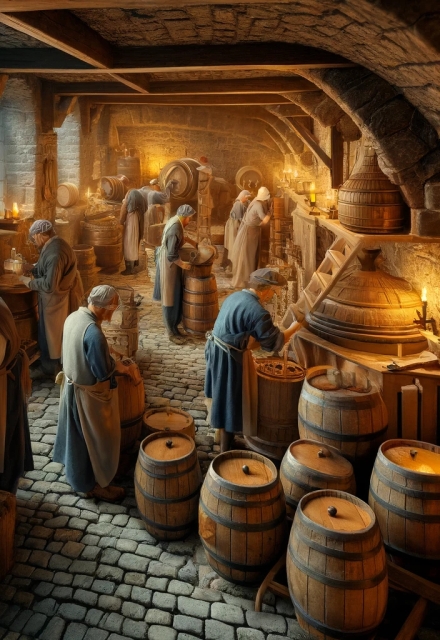

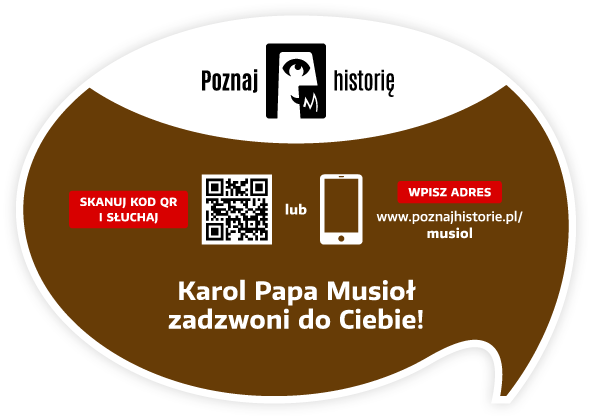
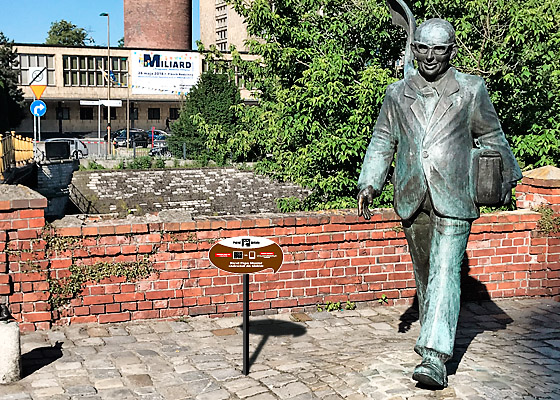


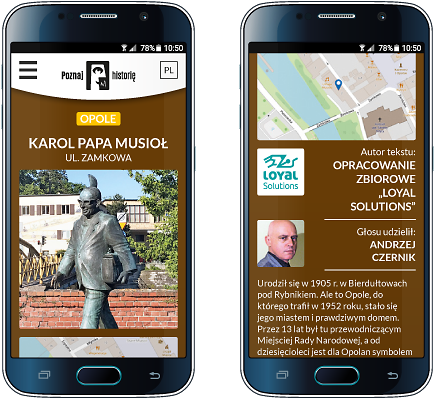
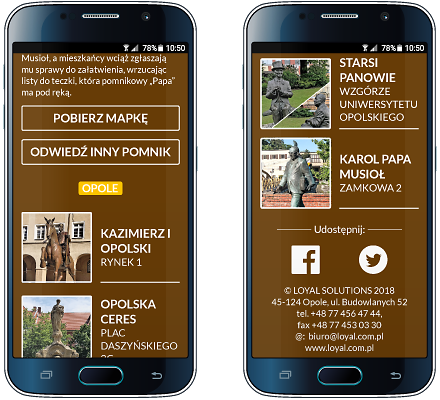


Visit Social media:
Share Social media: